This school year could be the start of something new. According to Senate Bill 189, which was passed this spring and took effect on July 1, schools that have earned the status of “high-performing” are granted greater flexibility from state standards in their curriculum, teacher evaluations, calendar, and other areas. This new status is designed to grant schools like ours the opportunity to reach more and greater achievements. It also gives us the chance to explore new avenues of education and foster students’ creativity in ways that unfortunately, the current American education system often stifles.
It is time for us to sort out our priorities. America’s politicians for years have been hankering for higher test scores, higher college admissions rates, more STEM degrees. On the surface, these are admirable goals, but the side effect is an education system that values numbers and grades over the students’ ability to innovate.
Due to state requirements, this school has seen movement in the wrong direction in recent years. With the implementation of programs like RISE, teachers are encouraged to put too much emphasis on data to determine students’ progress. This school should take this chance to step back from the test-based evaluations currently required by the state. While it is important to have a way to measure achievement, test scores are an attempt to objectively measure the subjective.
The emphasis on a product-reward mentality has a vastly underestimated impact on students’ attitudes toward school and learning. Students have only been taught to succeed in the game of school, in the predictable structure of a classroom setting, and it should surprise no one that they react accordingly. Cheating, cramming, memorizing meaningless facts, developing formulaic responses – every student at some point has faked his way through the system. And who wouldn’t, when it is only the end result that matters, rather than the long-term development.
With less focus on data and testing, teachers should focus more on how students learn in the classroom. In a 2010 TEDtalk, Sir Ken Robinson likened the current education system to an industrial model, based on conformity, batches of products, and one linear path to success. This is an antiquated idea. Half of learning is not what we learn, but how we learn to learn, because students’ ability to think creatively and analytically will serve them far more and far longer in the unpredictable future than the actual content of a lesson.
Teachers should be encouraged to maximize learning in the classroom, rather than testing for posterity. It’s bad enough that students have been indoctrinated to chase test scores and the A grade – the last thing we need is for teachers to do so as well. Evaluation methods like RISE do more to antagonize teachers than to encourage them, rewarding teachers for teaching the material that will be on their own tests rather than teaching students to think like a mathematician, writer, historian, scientific researcher or professional artist.
Students need more freedom to converse with their teachers. Every student has had the experience of entering an engaging, fascinating discussion with a teacher, only to have the teacher shut down because it’s not in the curriculum and there’s a test next week. These are the moments in which educators can teach their students to love learning and think outside the box of what they need to know for the final exam. And these are the moments we cut short.
We applaud teachers, students, and administrators here for making this an exceptional, “high-performing school” and for taking initiative with Senate Bill 189. Now we must move to the next step for our school and for American education at large – creating an environment that fosters the creativity and aptitude in every student, rather than stifling them. Senate Bill 189 has given this school a tremendous amount of potential, and we cannot afford to waste it.










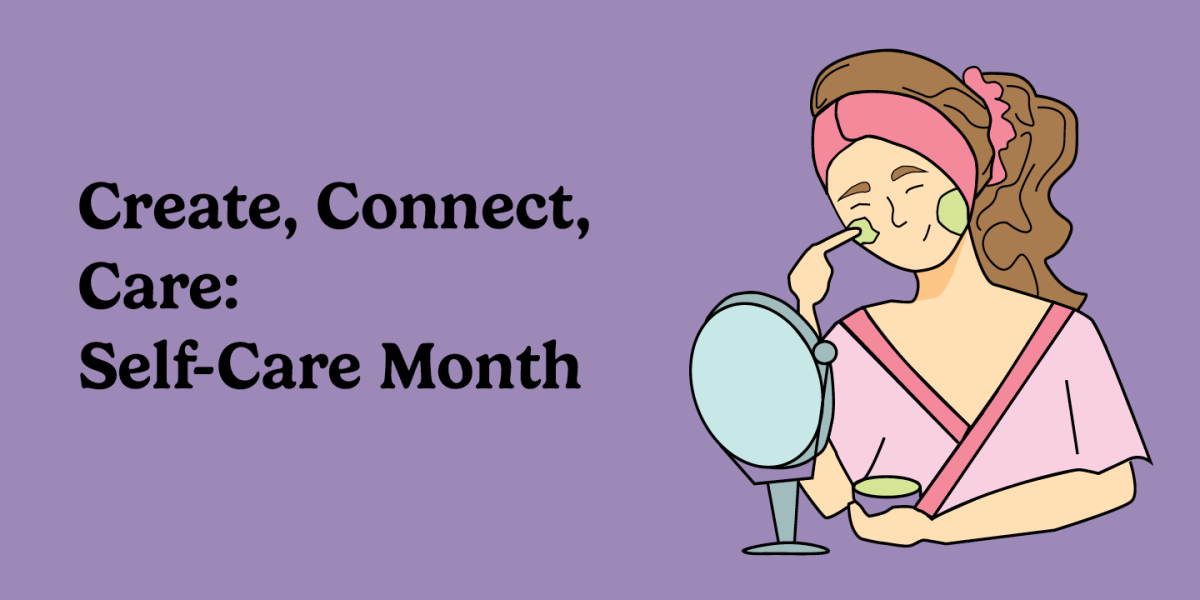





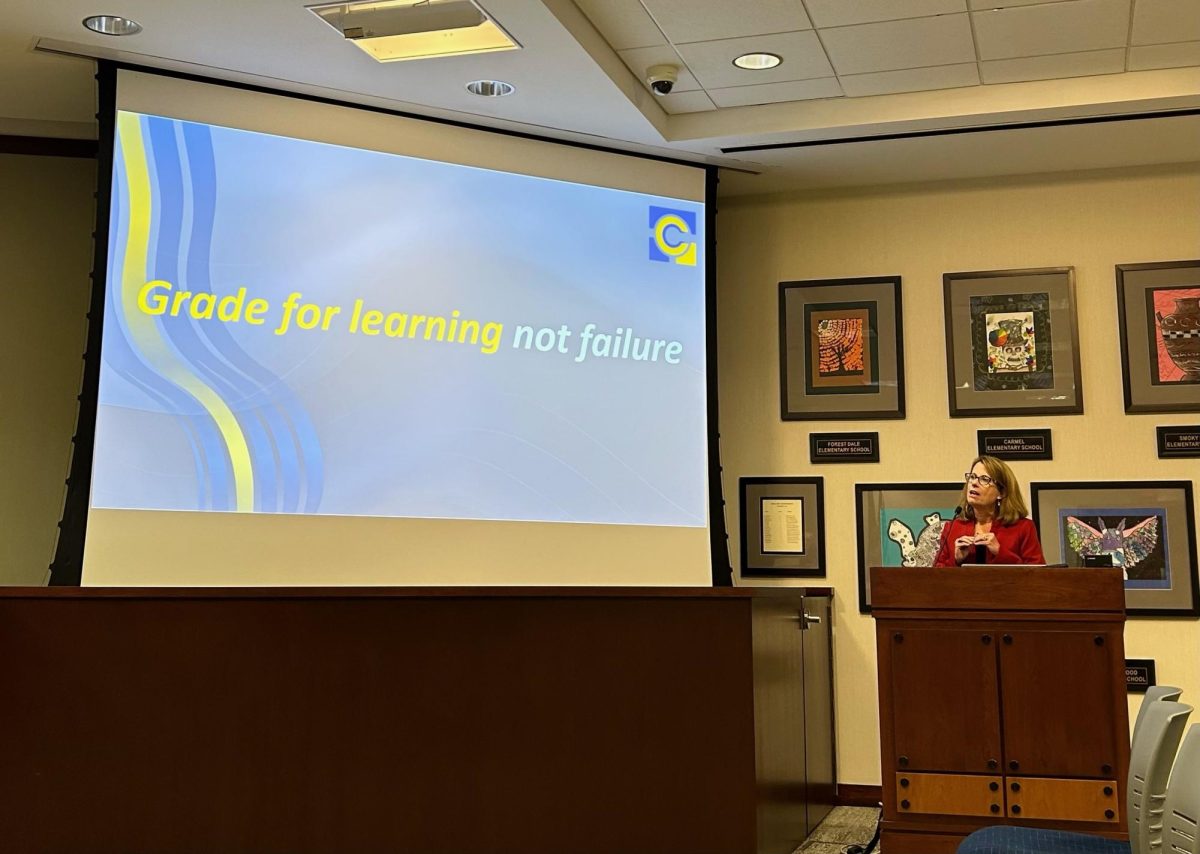


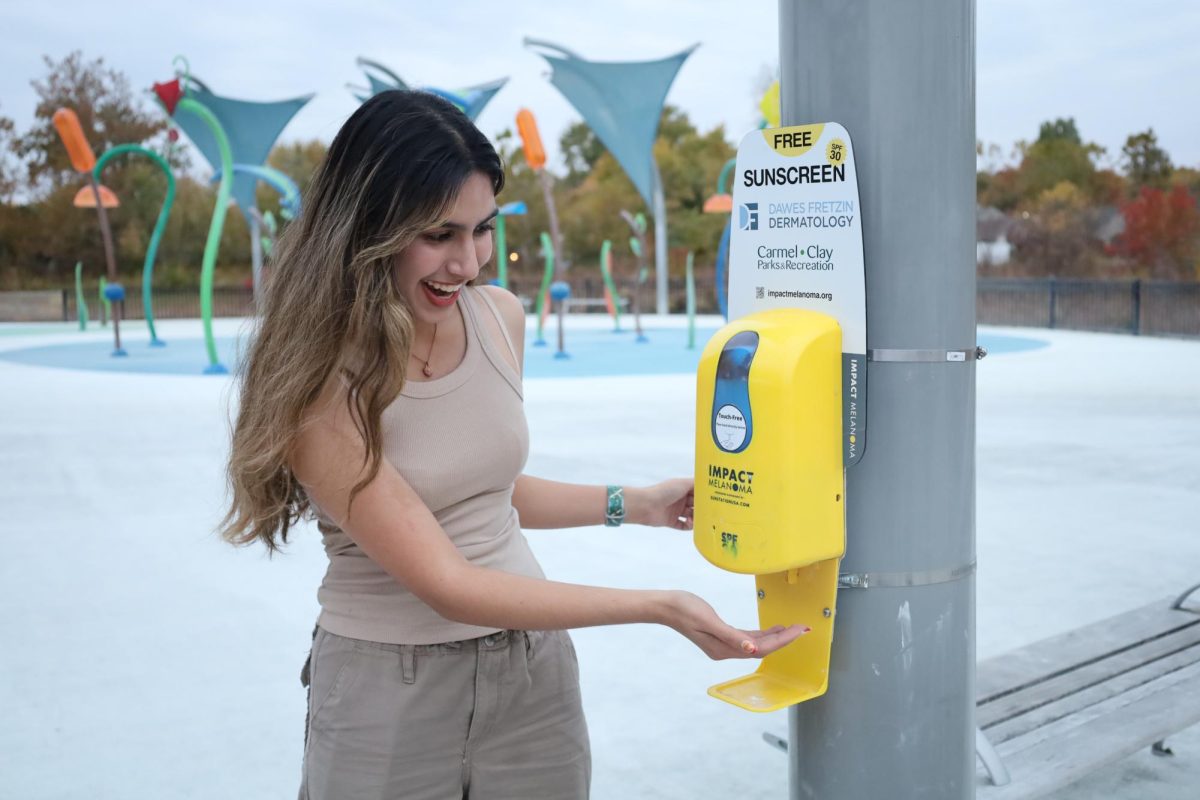
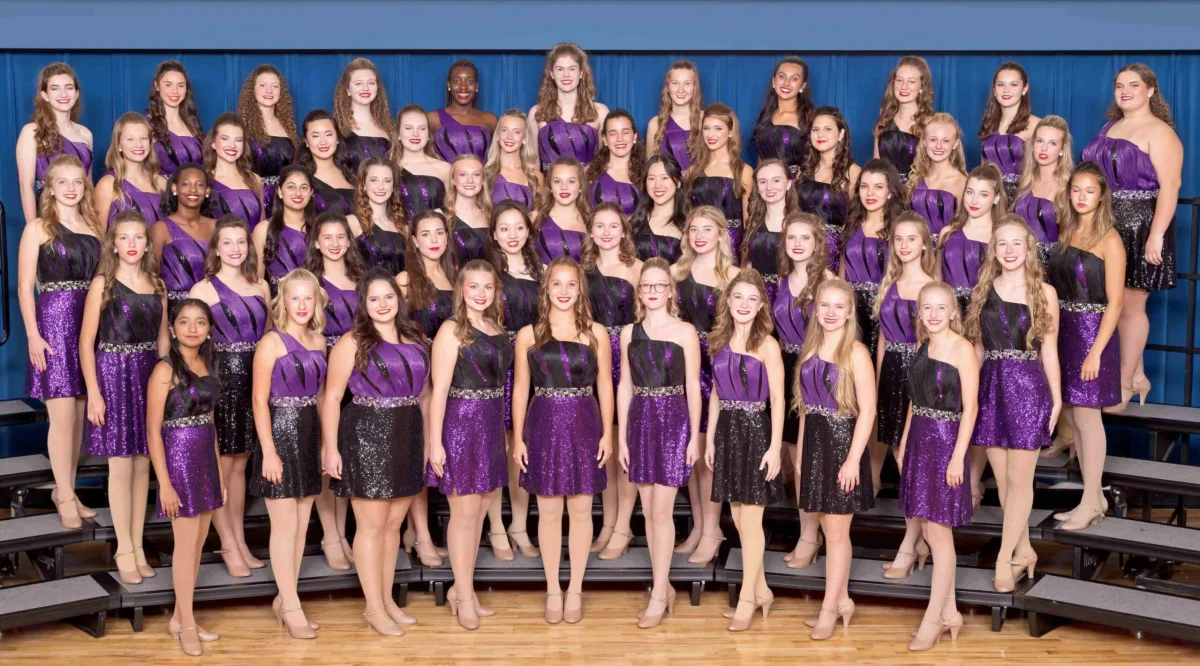

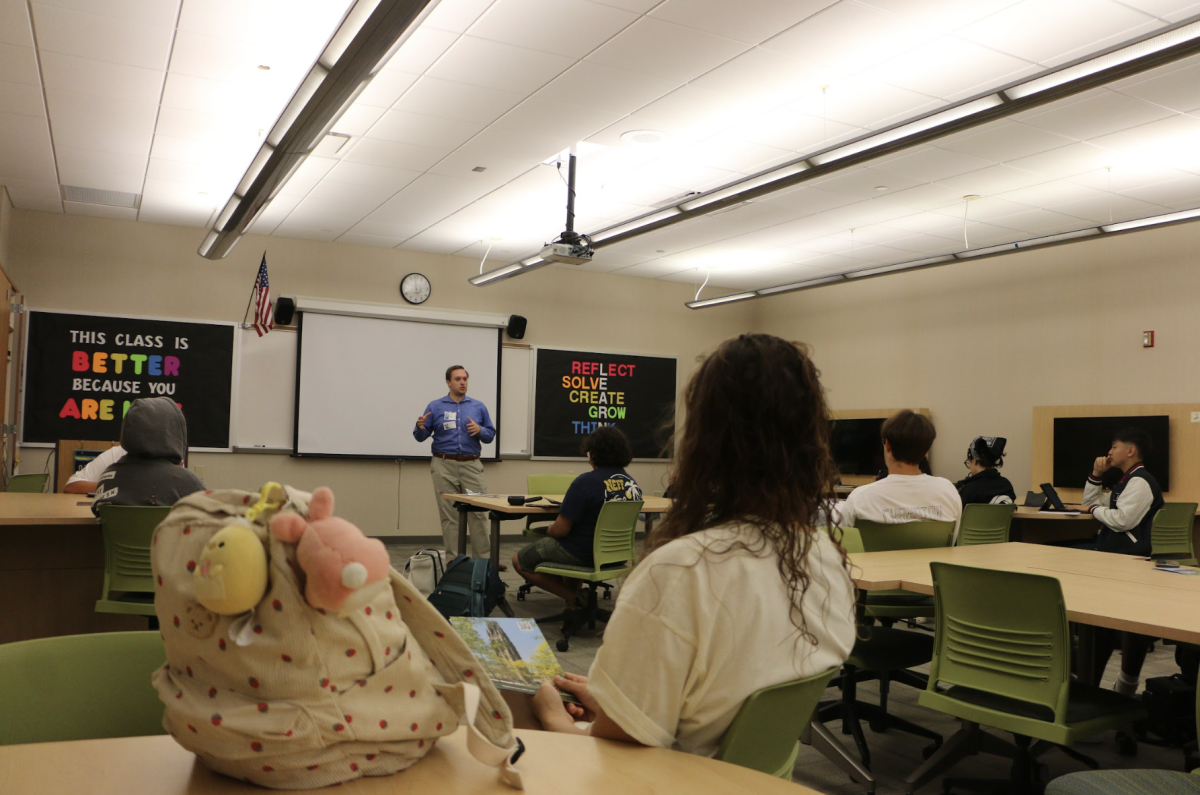
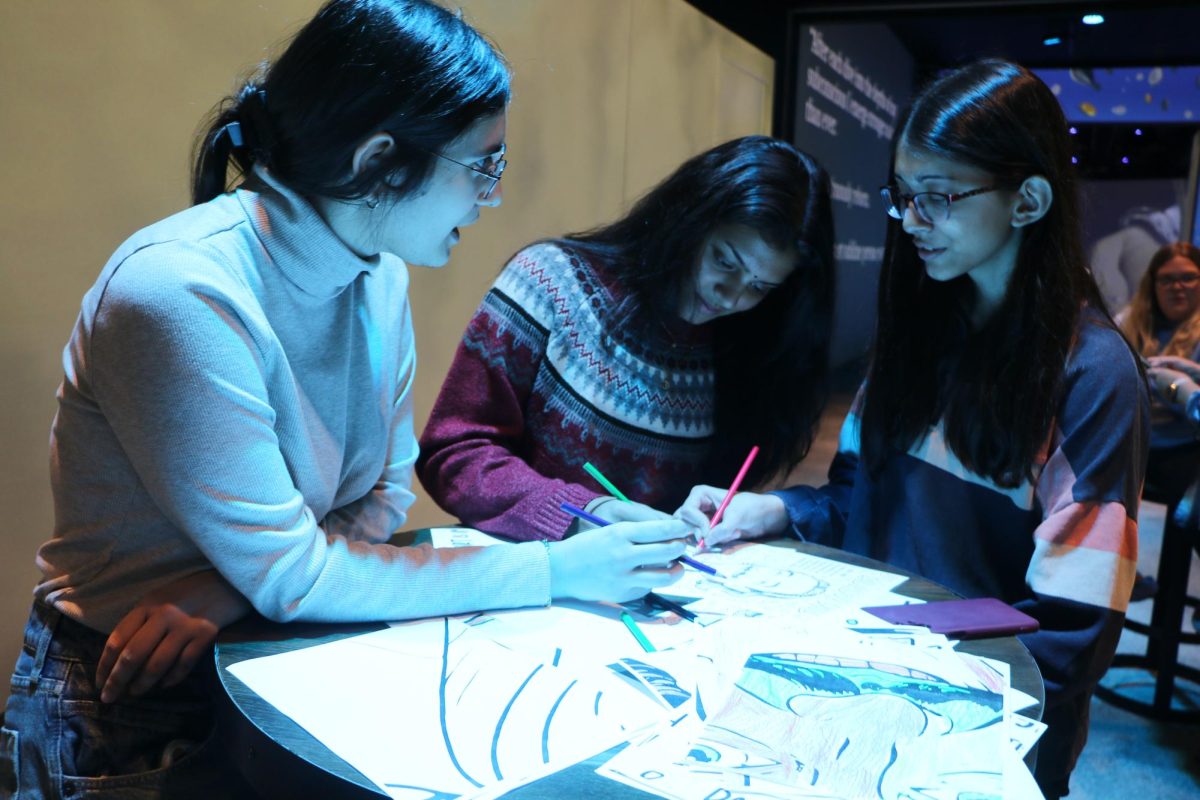

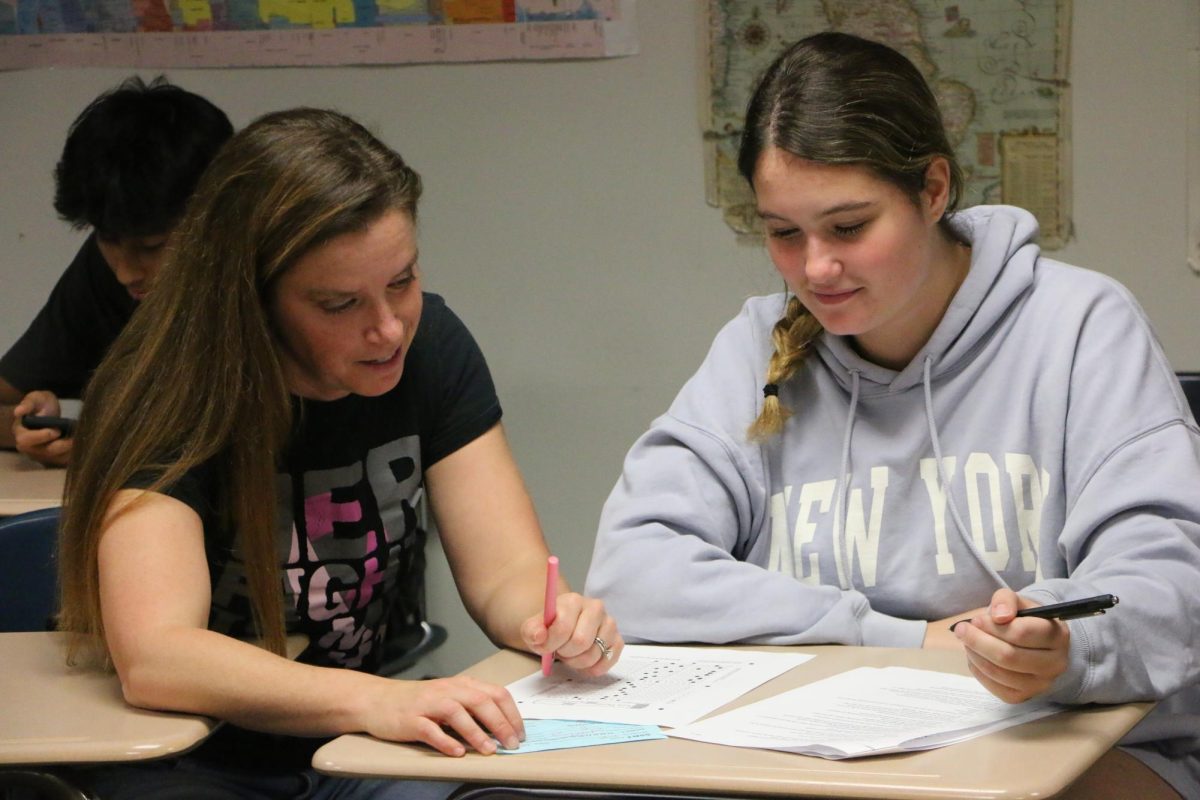




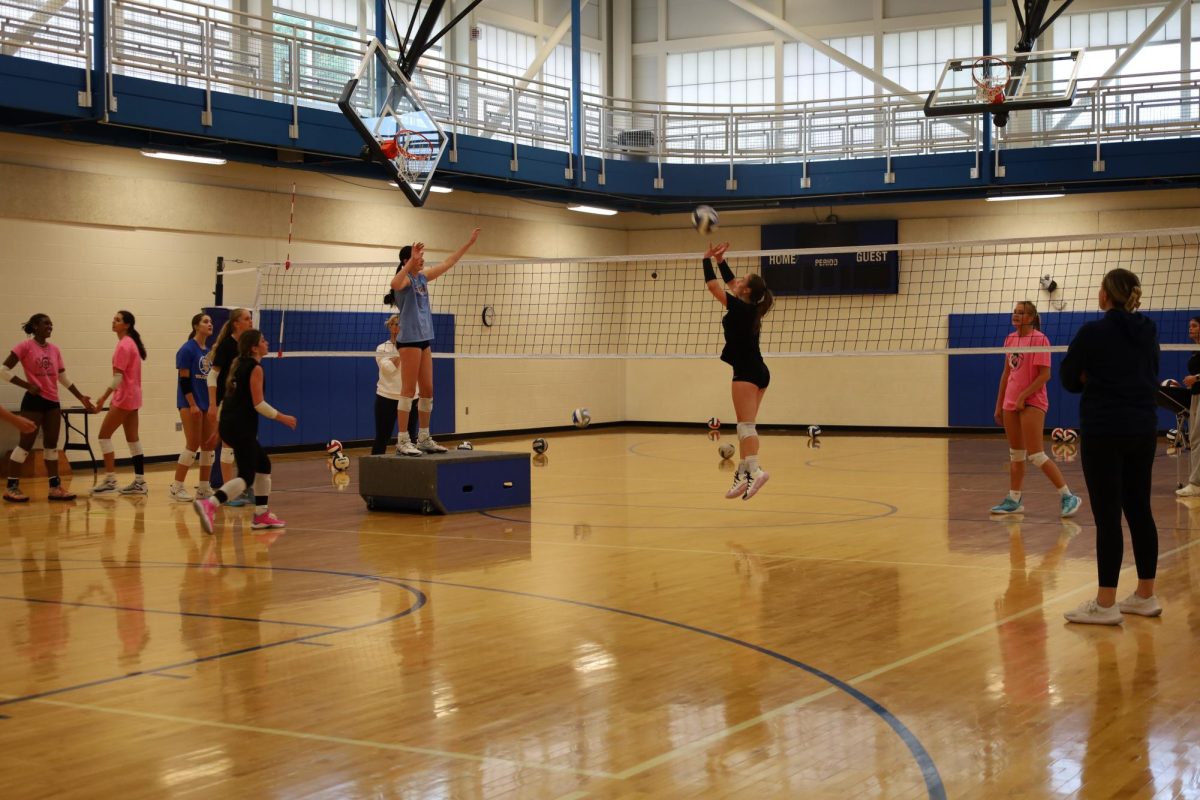
!["Wicked" poster controversy sparks a debate about the importance of accuracy versus artistic freedom [opinion]](https://hilite.org/wp-content/uploads/2024/11/riva-perspective-cover-1200x471.jpg)


![Chilling or Childish? The downfall of modern horror movies [opinion]](https://hilite.org/wp-content/uploads/2024/10/adjusted-horror-cover-1200x471.jpg)
![“Uglies” is a call for change in the YA dystopian genre [opinion]](https://hilite.org/wp-content/uploads/2024/10/Perspectives-Cover-1200x471.jpg)


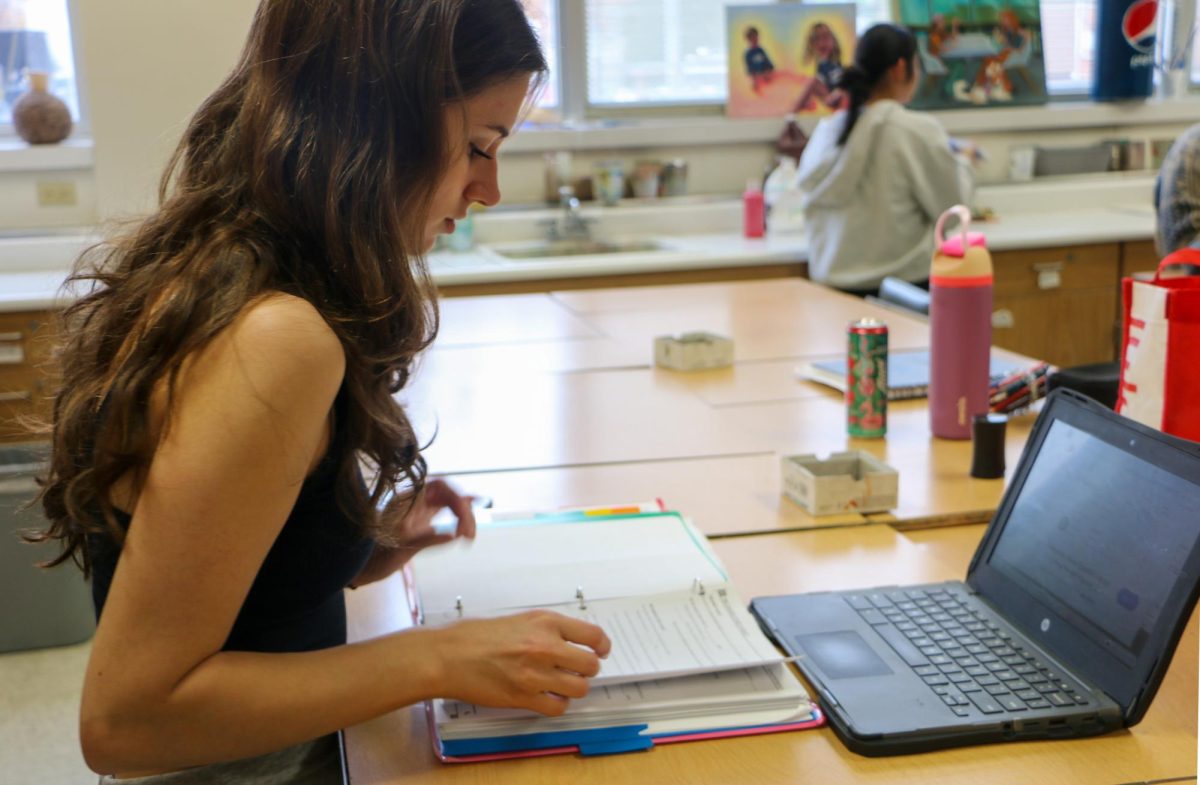

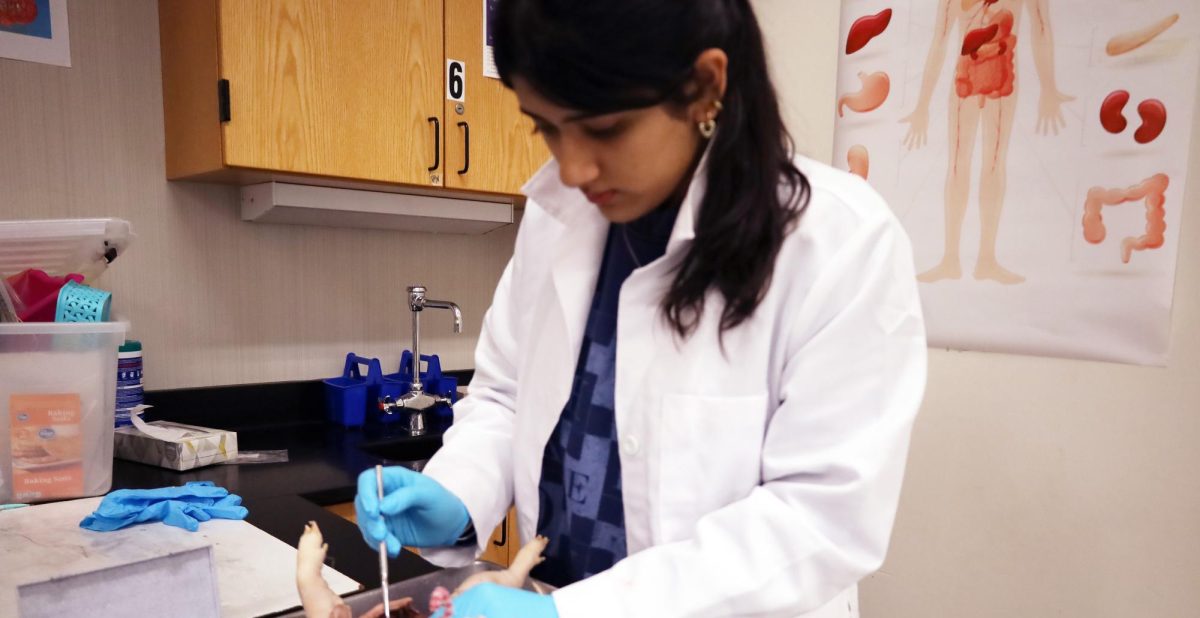

































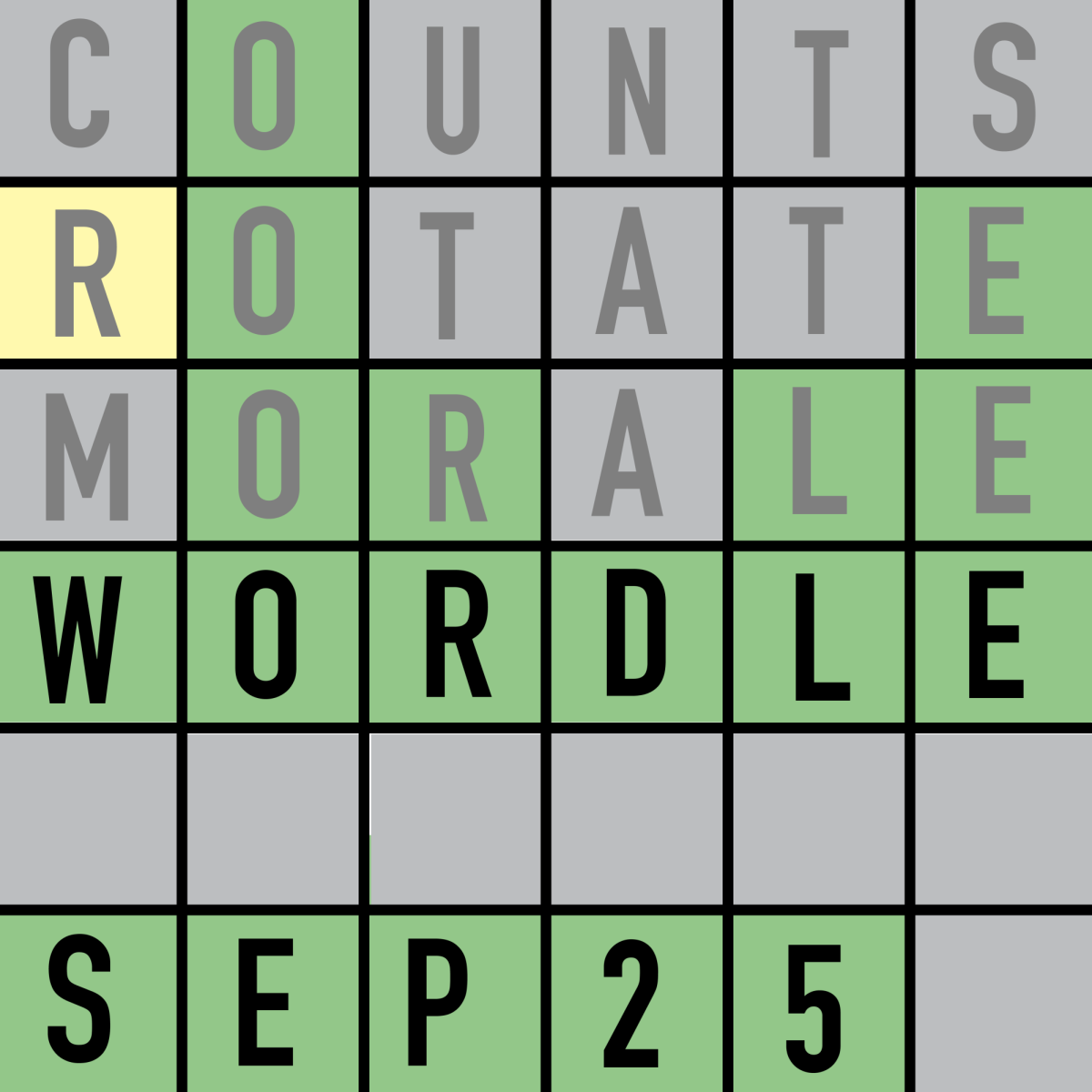



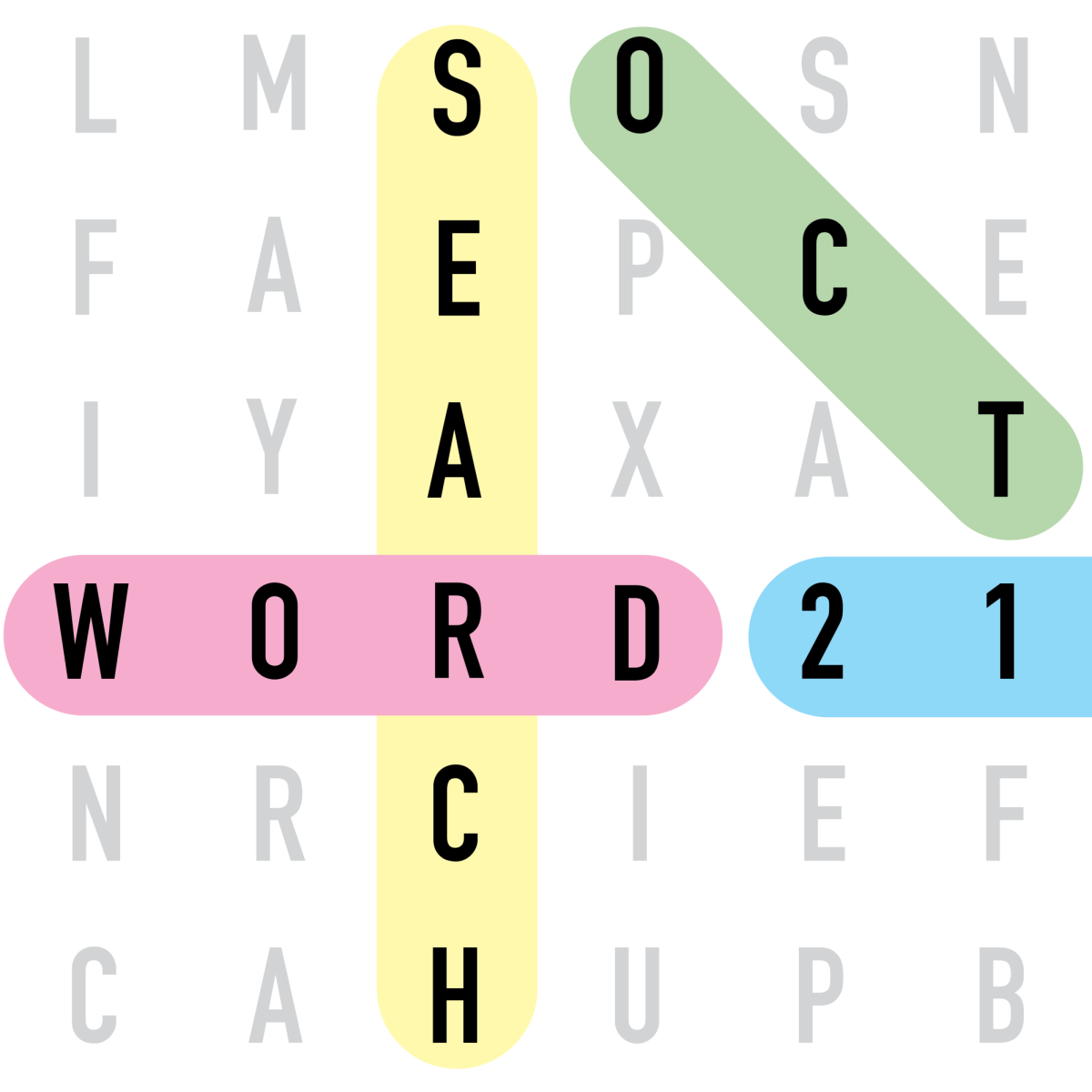
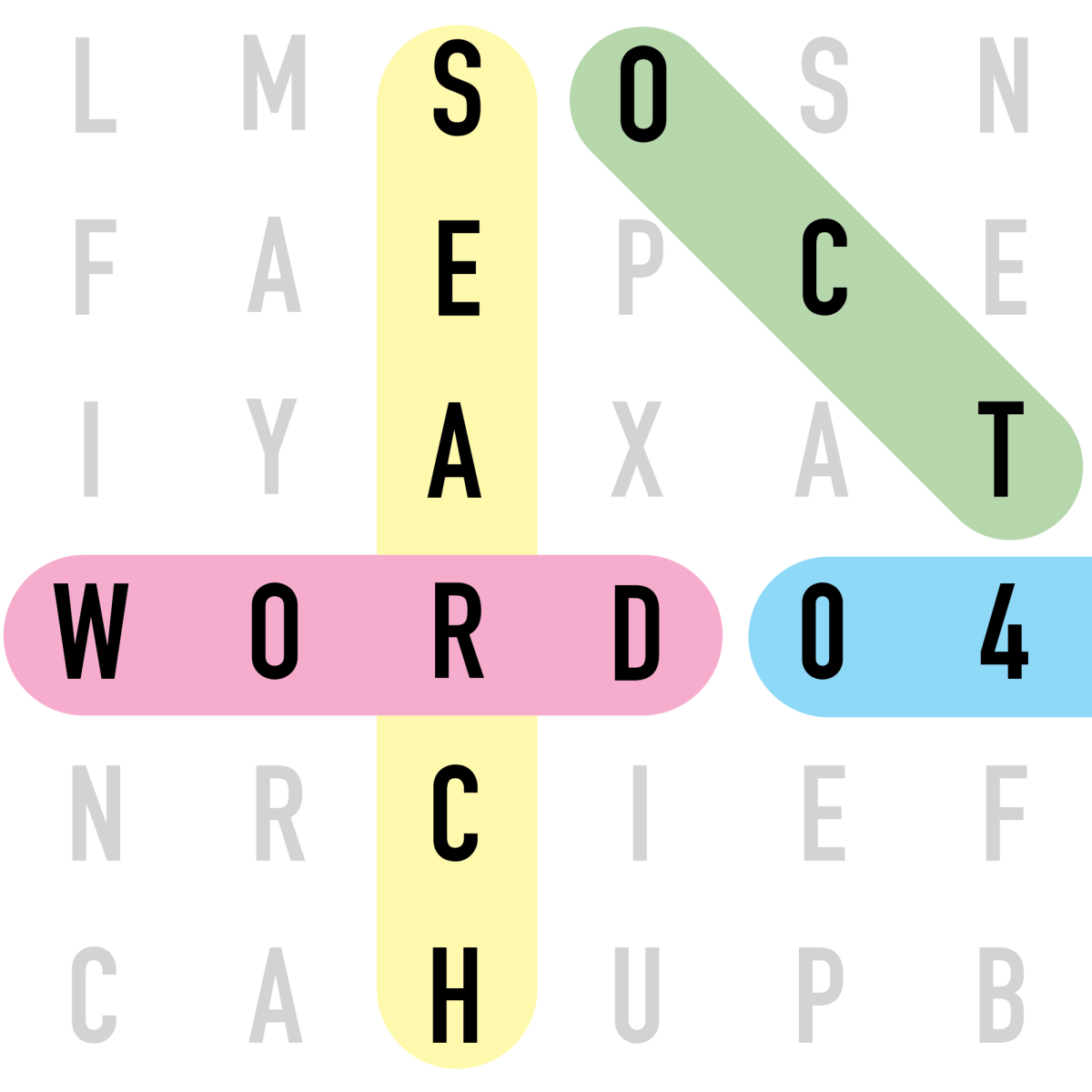
![Review: “Arcane” Season 2 exceeds expectations, but leaves the finale as the make or break of the series [MUSE]](https://hilite.org/wp-content/uploads/2024/11/GUddsa6XIAAuDuB-1-e1723281667555-1200x676.jpg)
![Review: Indy Scream Park is a perfect level of spook to kickstart the Halloween season [MUSE]](https://hilite.org/wp-content/uploads/2024/11/IMG_1383.jpg)
![Review: “Saturday Night” is a chaotic and thrilling look at the origins of “Saturday Night Live” [MUSE]](https://hilite.org/wp-content/uploads/2024/10/snl-1200x800.jpg)
![Review: “Megalopolis” is a bold, bewildering mess [MUSE]](https://hilite.org/wp-content/uploads/2024/10/MV5BYTk3MjUzMGItYmU1NC00M2YyLThmNDMtNDI4NjkxNjgzMjQzXkEyXkFqcGdeQXRyYW5zY29kZS13b3JrZmxvdw@@._V1_-1200x675.jpg)
![Review in Print: Maripaz Villar brings a delightfully unique style to the world of WEBTOON [MUSE]](https://hilite.org/wp-content/uploads/2023/12/maripazcover-1200x960.jpg)
![Review: “The Sword of Kaigen” is a masterpiece [MUSE]](https://hilite.org/wp-content/uploads/2023/11/Screenshot-2023-11-26-201051.png)
![Review: Gateron Oil Kings, great linear switches, okay price [MUSE]](https://hilite.org/wp-content/uploads/2023/11/Screenshot-2023-11-26-200553.png)
![Review: “A Haunting in Venice” is a significant improvement from other Agatha Christie adaptations [MUSE]](https://hilite.org/wp-content/uploads/2023/11/e7ee2938a6d422669771bce6d8088521.jpg)
![Review: A Thanksgiving story from elementary school, still just as interesting [MUSE]](https://hilite.org/wp-content/uploads/2023/11/Screenshot-2023-11-26-195514-987x1200.png)
![Review: "When I Fly Towards You", cute, uplifting youth drama [MUSE]](https://hilite.org/wp-content/uploads/2023/09/When-I-Fly-Towards-You-Chinese-drama.png)
![Postcards from Muse: Hawaii Travel Diary [MUSE]](https://hilite.org/wp-content/uploads/2023/09/My-project-1-1200x1200.jpg)
![Review: "Ladybug & Cat Noir: The Movie," departure from original show [MUSE]](https://hilite.org/wp-content/uploads/2023/09/Ladybug__Cat_Noir_-_The_Movie_poster.jpg)
![Review in Print: "Hidden Love" is the cute, uplifting drama everyone needs [MUSE]](https://hilite.org/wp-content/uploads/2023/09/hiddenlovecover-e1693597208225-1030x1200.png)
![Review in Print: "Heartstopper" is the heartwarming queer romance we all need [MUSE]](https://hilite.org/wp-content/uploads/2023/08/museheartstoppercover-1200x654.png)




